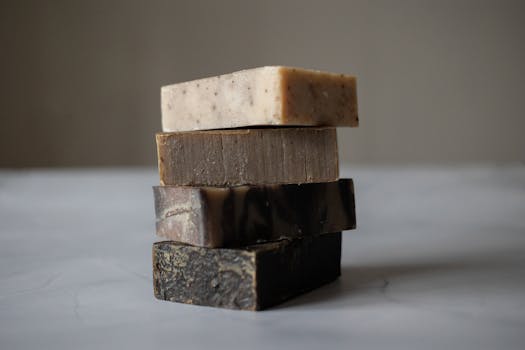“
Mindfulness Practices for Stress Relief: Discover the Power of Calm
Mindfulness practices for stress relief are becoming increasingly popular, and for good reason. With the demands of modern life, it’s easy to get caught up in the hustle and bustle and forget to take care of ourselves. However, mindfulness practices such as meditation, yoga, and deep breathing can help us reduce stress and anxiety, and improve our overall well-being.
What is Mindfulness?
Mindfulness is the practice of being present in the moment, paying attention to our thoughts, feelings, and sensations without judgment. It’s about cultivating a sense of awareness and acceptance, and allowing ourselves to let go of stress and anxiety. Mindfulness practices can be done anywhere, at any time, and are a great way to reduce stress and improve our mental and physical health.
Benefits of Mindfulness Practices
The benefits of mindfulness practices are numerous. Some of the most significant advantages include:
- Reduced stress and anxiety
- Improved sleep quality
- Increased focus and concentration
- Enhanced mood and emotional well-being
- Improved physical health, including lower blood pressure and a healthier weight
Mindfulness Practices for Stress Relief
There are many different mindfulness practices that can help with stress relief. Some of the most popular include:
- Meditation: Meditation involves sitting quietly, focusing on the breath, and letting go of distracting thoughts. Regular meditation practice can help reduce stress and anxiety, and improve mood and emotional well-being.
- Yoga: Yoga combines physical movement with deep breathing and meditation techniques. It can help reduce stress and anxiety, improve flexibility and balance, and enhance overall physical and mental health.
- Deep Breathing: Deep breathing involves taking slow, deliberate breaths, focusing on the sensation of the breath in the body. It can help calm the mind and body, reduce stress and anxiety, and improve mood and emotional well-being.
- Body Scan: A body scan involves lying down or sitting comfortably, and bringing awareness to different parts of the body. It can help reduce stress and anxiety, improve sleep quality, and enhance overall physical and mental health.
Getting Started with Mindfulness Practices
Getting started with mindfulness practices is easy. Here are some tips to help you get started:
- Start small: Begin with short periods of mindfulness practice, such as 5-10 minutes per day, and gradually increase as you become more comfortable with the practice.
- Find a quiet space: Identify a quiet, comfortable space where you can practice mindfulness without distractions.
- Focus on the breath: Bring your attention to the breath, feeling the sensation of the breath in the body, and let go of distracting thoughts.
- Be patient: Mindfulness practice takes time and patience to develop. Be gentle with yourself, and remember that it’s okay if your mind wanders.
Conclusion
Mindfulness practices are a powerful tool for stress relief and overall well-being. By incorporating mindfulness into our daily lives, we can reduce stress and anxiety, improve our mood and emotional well-being, and enhance our physical and mental health. Whether you’re a beginner or an experienced practitioner, there’s never been a better time to discover the benefits of mindfulness practices for yourself.
See more:
https://www.mindful.org/
https://www.yogaalliance.org/
https://www.calm.com/






